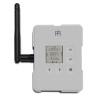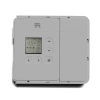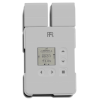
Radio frequency (RF) communication technologies transmit data over the airwaves using electromagnetic waves in various frequency bands. The United States Federal Communications Commission (FCC) regulates and allocates the portions of the RF spectrum designated for different types of wireless services and applications in the United States. The FCC spectrum allocations include bands for cellular networks, WiFi, Bluetooth, GPS, radio/TV broadcasting, satellites, and short-range industrial, scientific, and medical (ISM) applications. Most wirelessly connected consumer electronics and Internet of Things devices operate in the FCC-allocated bands between 600MHz to 6GHz. The different frequency ranges have trade-offs between factors like propagation range, bandwidth, interference mitigation, and more. Companies developing wireless-enabled products must design their systems to comply with FCC technical rules for the appropriate frequency bands. Understanding the FCC allocations provides key insights into choosing and regulating frequencies for reliable, interference-free wireless connectivity.
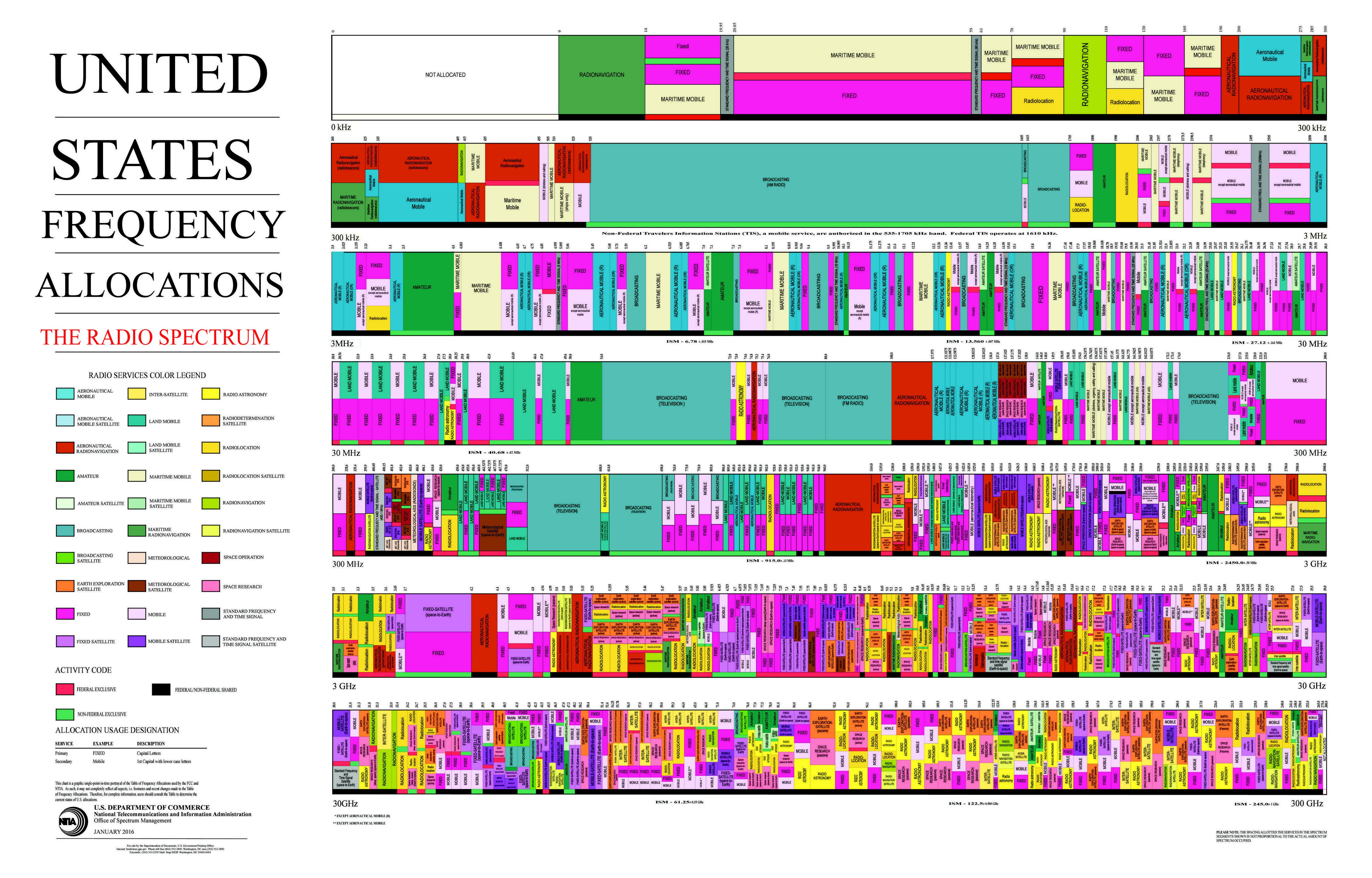
The 900MHz ISM Band
Our wireless protocol operates in the 900MHz ISM radio band. The 900MHz band provides an optimal balance of range and throughput for mid-range wireless devices. Signals in this frequency range are able to effectively propagate across longer distances and through various materials and obstacles. This makes it well-suited for transmitting wireless data across warehouses, manufacturing facilities, and other industrial environments. In the US, the next higher frequency band available for ISM use is the 2.4GHz band, which has significantly lower range and penetrating power.
Robust Signal Transmission
Our 900MHz protocol implements frequency hopping spread spectrum (FHSS) technology to enhance the reliability and interference immunity of the wireless transmissions. FHSS continuously switches the radio frequency in a pre-determined sequence known to the transmitting and receiving devices. This allows the wireless signal to effectively evade narrowband interference and multipath distortions. Even in noisy radio environments, FHSS technology maintains solid wireless connectivity. Our protocol consistently jumps between 25 different frequency channels within the 902-928MHz ISM band.
In fact, the FCC requires devices operating in the ISM band with even moderate power levels to use some sort of spread spectrum technique. One alternative to FHSS is that of direct-sequence spread spectrum (DSSS), which makes the transmitted signal wider in bandwidth than the information bandwidth (and doesn't require hopping between "channels" as a result). In theory, FHSS is better at compensating for "jamming" or busy frequency bands, as it can just skip over the troublesome channels.
Advanced Encryption
To secure the wireless transmissions, our 900MHz protocol uses 256-bit AES encryption. This provides wireless communication that is substantially more secure than Zigbee, 802.15.4, Bluetooth, LoRa, and other short-range wireless protocols used by competitors. In fact, the Federal government does not traditionally allow less than 256 bit encryption for messages containing sensitive data, so AES is a proven encryption standard used widely by militaries and banks across the world. The 256-bit key length provides strong protection against brute force attacks. The encryption prevents eavesdropping and ensures the confidentiality and integrity of the data as it is transmitted over the air.
Modulation
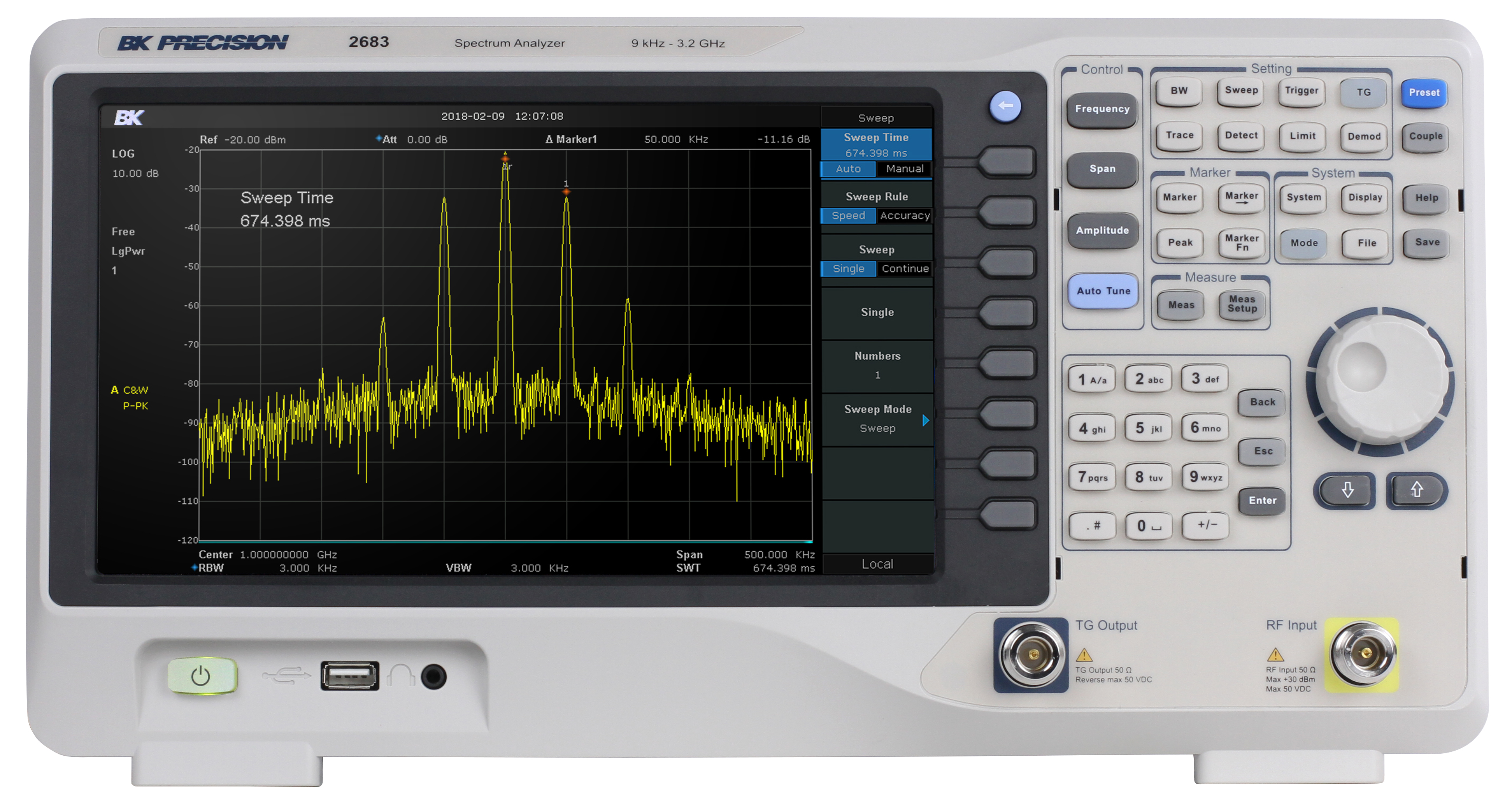
Wireless communication relies on modulating radio frequency (RF) signals to encode information. There are several common types of modulation used in wireless systems:
- Frequency modulation (FM) varies the frequency of the carrier signal based on the amplitude of the message signal. With FM, the amplitude and phase of the carrier signal remain constant while the frequency changes. FM is commonly used in radio broadcasting and two-way radio systems due to its high signal-to-noise ratio and resistance to interference.
- Amplitude modulation (AM) varies the amplitude of the carrier wave and is generally not used anymore due to its poor noise immunity.
- Phase modulation (PM) which changes the phase of the carrier signal, is used by equipment needing higher data transmission speeds.
Wireless protocols may use a combination of modulation types to transmit data efficiently. The choice of modulation impacts factors like data rate, transmission distance, power efficiency, and signal robustness. Understanding the principles of wireless modulation enables optimizing a system for its intended application and operating conditions.
Paragon uses FM modulation for our equipment. In particular, we use frequency-shift keying (FSK) modulation, which encodes a 0 symbol as a frequency below the carrier and a 1 symbol as a frequency above the carrier.
Components of a wireless packet
A wireless packet contains several defined segments that enable the efficient and reliable transmission of data:
- The preamble indicates the start of a new packet with a standardized sequence for receiver synchronization.
- The sync word provides frame synchronization by marking the end of the preamble and start of payload data.
- The payload contains the actual user data being transmitted. Many wireless protocols break down the payload into header fields for addressing and packet details, as well as the actual message data.
- A cyclic redundancy check (CRC) checksum is commonly appended for error detection to validate the packet was received correctly. Packet delimiters may mark the end of the payload and beginning of the checksum.
- Concluding bits may be included at the end of the message to signify the end of the complete packet.
This standardized framing allows the efficient encapsulation of data into packets that can be transmitted robustly over wireless channels and decoded reliably within receivers. Careful packet design contributes to effective data throughput in noisy real-world environments.
Paragon's protocol uses all of the components listed above for communications. Packets are currently capped to carry a maximum of 512 bytes of payload per packet, as the 256-bit AES encryption can be cumbersome to perform on larger packets.

Antennas and power
Any transmitter will need to send an amplified signal through some sort of antenna in order to create RF radiation. This power can be measured in Watts, dBs, or even other measurement units. For reference, here are some typical transmit powers for different wireless equipment:
- Cell phones: 0.4W
- Handheld radios: 5W
- cell towers: 50W
- the most powerful TV station antennas: > 1,000,000W
- Paragon devices: 0.35W
It may be surprising to see cell towers only use around 50W of power, compared to TV stations using over a megawatt. If you're curious why they don't use more power, consider that cell phones need to send voice and data back to the tower as well. Since cell phones are limited in their transmission power (due to limitations in battery size as well as the proximity of the antenna to the user's head), any increase in cell tower transmission power to increase one-way signal range would be pointless.
The choice of antenna can affect the wireless range. Simple "whip" antennas transmit RF equally all around them, while directional antennas can focus all their power on a specific point nearby. Paragon uses whip antennas on certain models in order to increase range over the standard "chip" or internal antenna on other models.

Receiver sensitivity and power budgets
A wireless "power budget" is a calculation method used to determine the approximate wireless range that can be achieved by a system. The calculation starts with transceiver power (in dB) and subtracts all the signal losses in the chain until the signal reaches the receiver. If the received power is greater than the receiver's sensitivity to the specific data rate and conditions, the receiver will be able to understand the packet.
Due to the multi-datarate protocol Paragon uses, the receiver sensitivity can reach nearly -100 dBm at the slowest datarate. The transmit power from our Nseries controllers is approximately +20 dBm, providing a large wireless range for communicating.
Datarate
Digital wireless communications use "symbols" to transmit data. A symbol is like a letter and can communicate different amounts of information. To transmit higher-speed data wirelessly, you typically want to use a higher frequency, as they can carry more information per amount of time.
As data rates increase, a receiver has less time to listen for each symbol, and the "sensitivity" of the receiver drops. This effectively reduces the allowable range between wireless transceivers. The datarate also needs to be pre-established between the transmitter and receiver, as the receiver will not be able to understand incoming communications in a different datarate.
Paragon utilizes a "multi-datarate" protocol, which seamlessly switches between four different datarates as needed. By using multiple data rates, a network can optimize communication between any device. For transceivers that are close to each other, it is beneficial to speed up all communications to minimize the time the devices are transmitting on the frequency bands. However, for devices that are far apart and may not be able to hear fast datarate packets, they can drop down to a slower rate to extend the usable range. Modern procotols like WiFi and advanced 802.15.4 versions utilize a similar technique to achieve these advantages.

Battery life
RF radios are typically in one of three states at any given time: transmission mode, receiving mode, or sleeping mode. Paragon's products use around 80 mA of current draw when transmitting, around 18 mA during receiving, and 0.002 mA during sleeping. In order to maximize battery life, it is critical to spend as much time sleeping as possible.
To maximize the amount of time devices can spend sleeping while also making sure they wake up often enough to provide fast responses, Paragon utilizes a "super beacon" methodology to send precision time messages from the wireless gateway. All receivers are able to quickly receive a few bytes of clock adjustment information (to account for part-to-part oscillator drift), check if there are any new messages for it, and then go back to sleep quickly. This allows wireless devices to last several years or more on a single set of batteries.
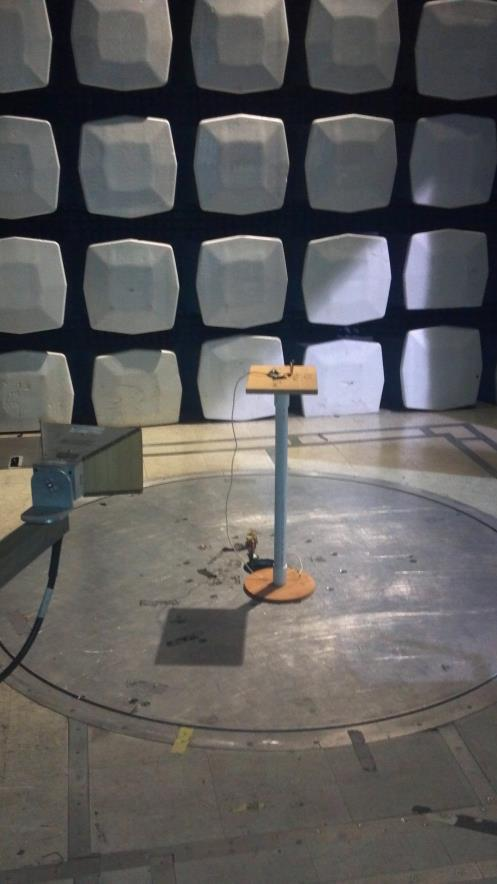
Regulatory certification
The FCC regulates all radio transmissions in the US (IC is the equivalent in Canada). North America has a very wide 900 MHz ISM band available without a license; however, all manufacturers do need to *certify* their devices to make sure they play nicely with others. Regulatory bodies are mainly concerned with preventing bad actors from ruining the spectrum for others, so the regulations focus on power levels, bandwidths, and other related measurements that could affect other equipment around it.
Paragon's devices are also certified for the European 868 MHz band. This band is much narrower than the 900 MHz ISM band, so there is some slight reduction in datarate performance. CE, the regulating body for Europe, also requires some features like "listen-before-talk" for protocols using this band.
Conclusion
Our proprietary 900 MHz wireless protocol delivers an optimized balance of range, throughput, latency, reliability, and security to suit the connectivity needs of industrial environments. Robust modulation techniques, interference mitigation, encryption, and low-latency data transfer provide a high-performance wireless link between devices. This custom-designed wireless technology gives our products a strong competitive edge compared to other short-range wireless options in this space.
